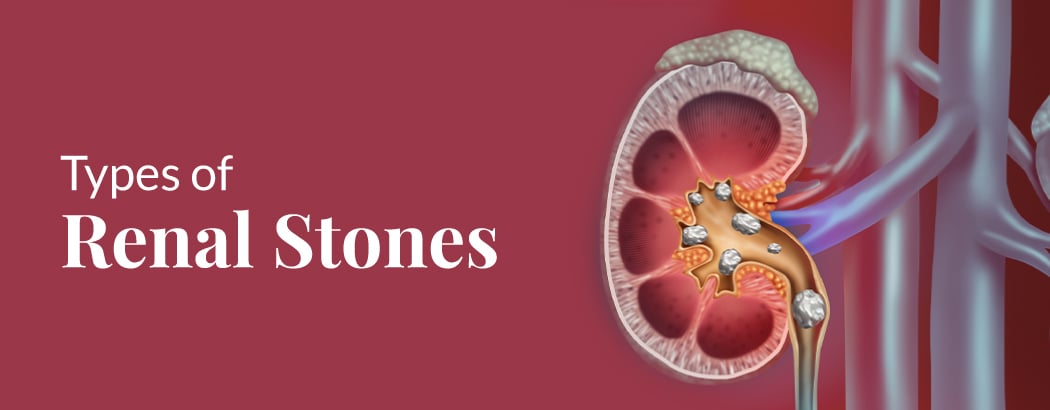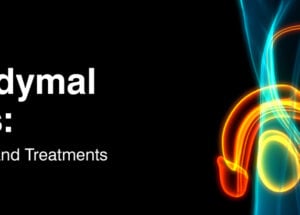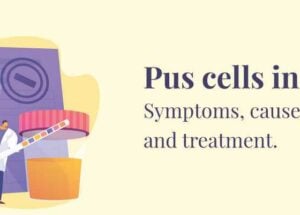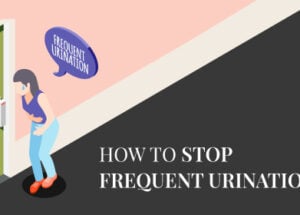Urge Urine Leakage- Unable to Get to Toilet on Time
It is the complaint of involuntary leakage of urine accompanied by or immediately preceded by urgency.Urge incontinence is usually the result of overactivity of the muscles of the bladder (detrusor muscles), which control the bladder.
Causes
Causes include drinking too much alcohol or caffeine, poor fluid intake – this can cause strong, concentrated urine to collect in your bladder, which can irritate the bladder, constipation, conditions affecting the lower urinary tract (urethra and bladder) – such as urinary tract infections (UTIs) or tumours in the bladder, neurological conditions like Parkinson’s and certain medications.
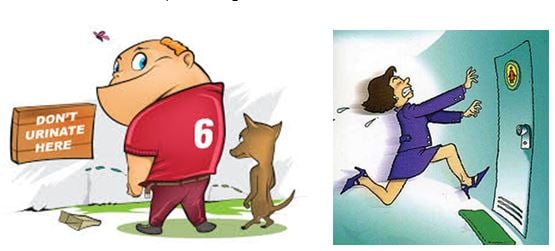
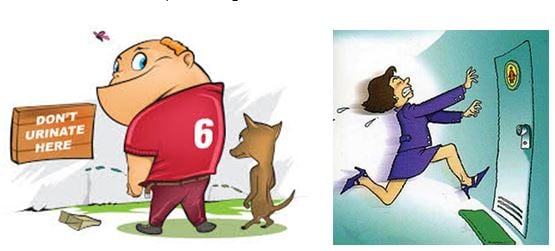 Diagnosis
Diagnosis
This usually include physical examination by the urologist, urine routine examination to rule out infection, ultrasound of urinary tract and residual urine measurement, cystoscopy and urodynamic tests. Based on these tests appropriate treatment is advised.
Treatment
General
- Lifestyle changes – such as losing weight and cutting down on caffeine, altering how much fluid you drink a day and alcohol
- Pelvic floor exercises – exercising your pelvic floor muscles by squeezing them, taught by a specialist. For more information click here
- Bladder training – where you learn ways to wait longer between needing to urinate and passing urine. The course will usually last for at least six weeks.
Medication for urge incontinence
Medication may be recommended if you’re still unable to manage your symptoms. There are two main categories of medicines
- Antimuscarinics such as solifenacin, oxybutynin
Possible side effects of antimuscarinics includedry mouth, constipation, blurred vision, tiredness etc. - Mirabegron
Possible side effects of include urinary tract infections (UTIs), a fast or irregular heartbeat, suddenly noticeable heartbeats (palpitations), a rash, itching etc
Surgical treatments
Botulinum toxin A injections
Botulinum toxin A (Botox) can be injected into the sides of your bladder and it helps by relaxing your bladder. This effect can last for several months and the injections can be repeated if they help.
Occasionally you may find it difficult to fully empty your bladder in which case you’ll need to be taught how to insert a thin, flexible tube called a catheter into your urethra to drain the urine from your bladder.
Augmentation cystoplasty
In rare cases, a procedure known as augmentation cystoplasty may be recommended to treat urge incontinence.This procedure involves making your bladder bigger by adding a piece of tissue from your intestine into the bladder wall.
After the procedure, you may not be able to pass urine normally and may need to use a catheter. Because of this, augmentation cystoplasty will only be considered if you’re willing to use a catheter.
The difficulties passing urine can also mean that people who have augmentation cystoplasty can experience recurrent urinary tract infections.
Urinary diversion
Urinary diversion is a procedure where the tubes that lead from your kidneys to your bladder (ureters) are redirected to the outside of your body. The urine is then collected directly without it flowing into your bladder.
Urinary diversion should only be carried out if other treatments have been unsuccessful or are not suitable.
It can cause a number of complications, such as a bladder infection, and sometimes further surgery is needed to correct any problems that occur.
Sacral nerve stimulation or sacral neuromodulation
The sacral nerves are located at the bottom of your back. They carry signals from your brain to some of the muscles used when you go to the toilet, such as the detrusor muscle that surrounds the bladder.
During this operation, a device is inserted near one of your sacral nerves, usually in one of your buttocks. An electrical current is sent from this device into the sacral nerve.
Sacral nerve stimulation can be painful and uncomfortable, but some people report a substantial improvement in their symptoms or the end of their incontinence completely.
Posterior tibial nerve stimulation
Your posterior tibial nerve runs down your leg to your ankle. It contains nerve fibres that start from the same place as nerves that run to your bladder and pelvic floor.
During the procedure, a very thin needle is inserted through the skin of your ankle and a mild electric current is sent through it, causing a tingling feeling and your foot to move.
You may need 12 sessions of stimulation, each lasting around half an hour, one week apart.
Tibial nerve stimulation is only recommended in a few cases where urge incontinence hasn’t improved with medication and you don’t want to have botulinum toxin A injections or sacral nerve stimulation.
Clean intermittent catheterisation
Clean intermittent catheterisation (CIC) is a technique that can be used to empty the bladder at regular intervals and so reduce overflow incontinence, also known as chronic urinary retention or after surgeries like augmentation cystoplasty, botox injections etc.
For more information click here.
Indwelling catheterisation
This is a catheter inserted in the same way as for CIC, but left in place. A bag is attached to the end of the catheter to collect the urine.
Preventing urinary incontinence
It’s not always possible to prevent urinary incontinence, but there are some steps you can take that may help reduce the chance of it developing. These include:
- controlling your weight
- keeping fit – in particular, ensuring that your pelvic floor muscles are strong
- cut down on alcohol and drinks containing caffeine, such as tea, coffee and cola.
- If you have to urinate frequently during the night (nocturia), try drinking less in the hours before you go to bed. However, make sure you still drink enough fluids during the day.
- Pelvic floor exercises –this will help with your urgeny and urge incontinence as well. For more information, click here


